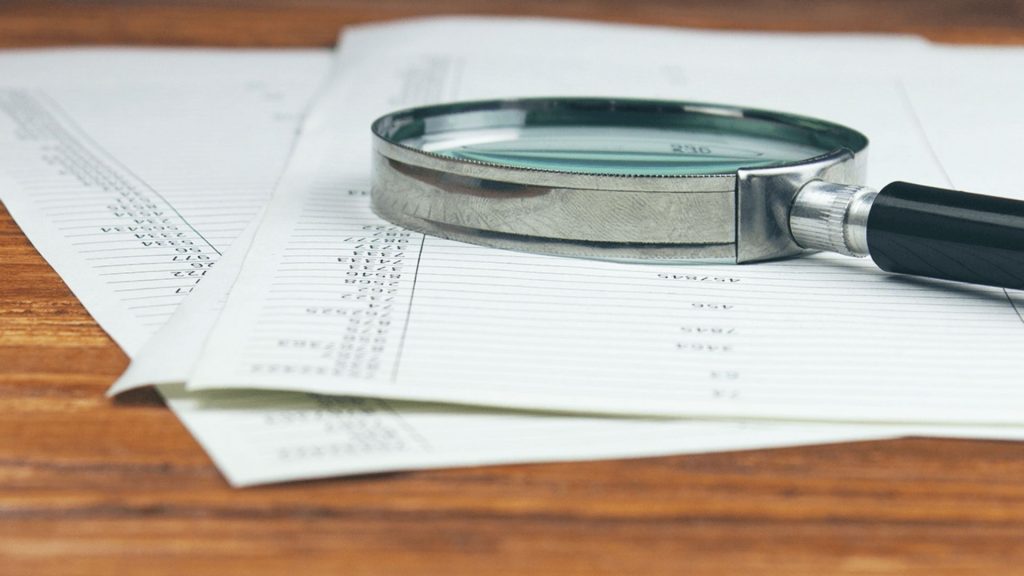Professional analytical procedures and techniques. Fraud involving cell phones, insurance claims, tax return claims, credit card transactions, government procurement, represents significant problems for governments and businesses, and specialized analysis techniques for discovering fraud are required. In general, the reason to use data analytics techniques is to tackle fraud since many internal control systems have serious weaknesses.
Professional Analytical Procedures And Techniques
To effectively test, detect, validate, correct errors and monitor control systems against fraudulent activities, businesses entities and organizations rely on specialized data analytics techniques. Techniques used for fraud detection fall into two primary classes; statistical techniques and artificial intelligence.
Statistical Techniques
Examples of statistical data analysis techniques are:
Data pre-processing techniques for detection, validation, error correction, and filling up of missing or incorrect data; Calculation of various statistical parameters such as averages, quantiles, performance metrics, probability distributions, etc.
Data matching is used to compare two sets of collected data. The process can be performed based on algorithms or programmed loops. Trying to match sets of data against each other or comparing complex data types.
Regression analysis allows examining the relationship between two or more variables of interest. Regression analysis estimates relationships between independent and dependent variables. This method can be used to help understand and identify relationships among variables and predict actual results.
Gap analysis is used to determine whether business requirements are being met. Techniques are also needed to eliminate false alarms, estimate risks, and predict the future of current transactions or users.
Some forensic accountants specialize in forensic analytics, which is the procurement and analysis of electronic data to reconstruct, detect, or otherwise support a claim of financial fraud. The main steps in forensic analytics are data collection, data preparation, data analysis, and reporting.
Artificial Intelligence Techniques
Fraud detection is a knowledge-intensive activity. The main Artificial Intelligence, or AI techniques, used for fraud detection include:
Data mining to classify, cluster, and segment the data and automatically find associations and rules in the data that may signify interesting patterns, including those related to fraud.
Expert systems to encode expertise for detecting fraud in the form of rules; Pattern recognition to detect approximate classes, clusters, or patterns of suspicious behavior either automatically (unsupervised) or to match given inputs.
Machine learning techniques to automatically identify characteristics of fraud; and neural nets to independently generate classification, clustering, generalization.
Forecasting that can then be compared against conclusions raised in internal audits or formal financial documents.
Statistical analysis of research data is the most comprehensive method for determining if data fraud exists. Data fraud includes fabrication, falsification, and plagiarism.
Final Thoughts
Analytical procedures are audit procedures that aid in the conduct of a more cost-effective, efficient, and effective audit. They entail investigating plausible relationships between financial and non-financial data, whether from the same period and entity or from different periods and entities.
Analytical procedures may help the auditor evaluate compliance in certain circumstances. For example, if allowances under a grants scheme have a maximum value and the number of recipients is known, the auditor may use analytical procedures to determine whether the allowed maximum has been exceeded.





